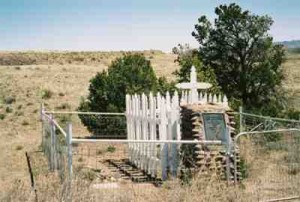Brief by Central Staff
Transportation – June 2007 – Colorado Central Magazine
The Top-of-the-Rockies Scenic Byway will be about 40 miles longer, thanks to a recent decision by the Colorado Department of Transportation. The designation will now extend from Twin Lakes over 12,095-foot Independence Pass through Aspen to the Maroon Creek bridge west of town.
Previously, the Scenic Byway went from Twin Lakes to Balltown, then north to Leadville, where it split; one branch went over Fremont Pass to I-70, and the other over Tennessee Pass to I-70.
Independence Pass is certainly a scenic route, but it also has some terrifying drop-offs and twisting one-lane sections. It hasn’t been used in the winter since the railroad reached Aspen in 1887.
The Independence Pass Foundation, which works to restore the tundra along the route, took the lead in lobbying for the expansion. The designation may help in getting grants, according to Mark Fuller, the foundation’s executive director.
He said the designation would be unlikely to cause much of a traffic increase. “I think that most people who look for a scenic byway, when they get to Twin Lakes, don’t necessarily stop because it’s not a scenic byway anymore.” He also noted that some communities along Scenic Byways were disappointed because the designation didn’t boost traffic.
Top-of-the-Rockies should live up to its name — it will cross the Continental Divide three times, and the summit of Independence Pass is just west of Mt. Elbert, the highest mountain in the Rockies.
Other official Scenic Byways in our part of the world include Frontier Pathways east of Westcliffe; the Gold Belt Scenic Tour and Historic Byway connecting Florissant, Cripple Creek, Victor, Florence, and Canon City; Los Caminos Antiguos around San Luis and the Great Sand Dunes; Silver Thread between Lake City and South Fork; and Collegiate Peaks from Salida and Poncha Springs to Granite.

